As a marine and terrestrial wilderness covering over 3.3 million acres, Glacier Bay National Park is a part of the world’s largest protected area and is a World Heritage Biosphere Reserve. Its terrain varies from tidewater glaciers at sea level to the summits of the Fairweather Mountain Range. The park offers a unique glimpse into the earth’s past, shaping our expectations for the planet’s future.
Glacier Bay is located in this southeastern Alaskan and is a place where visitors can come to spy brown bears browsing for salmon, breaching whales just off the coast, and stellar sea lions sunning themselves on rock outcroppings. Hike along beaches at low tide, over ice fields in the summer sun, and up rugged mountainsides as the landscape here reveals its secret allure.
Why Visit Glacier Bay National Park in an RV?
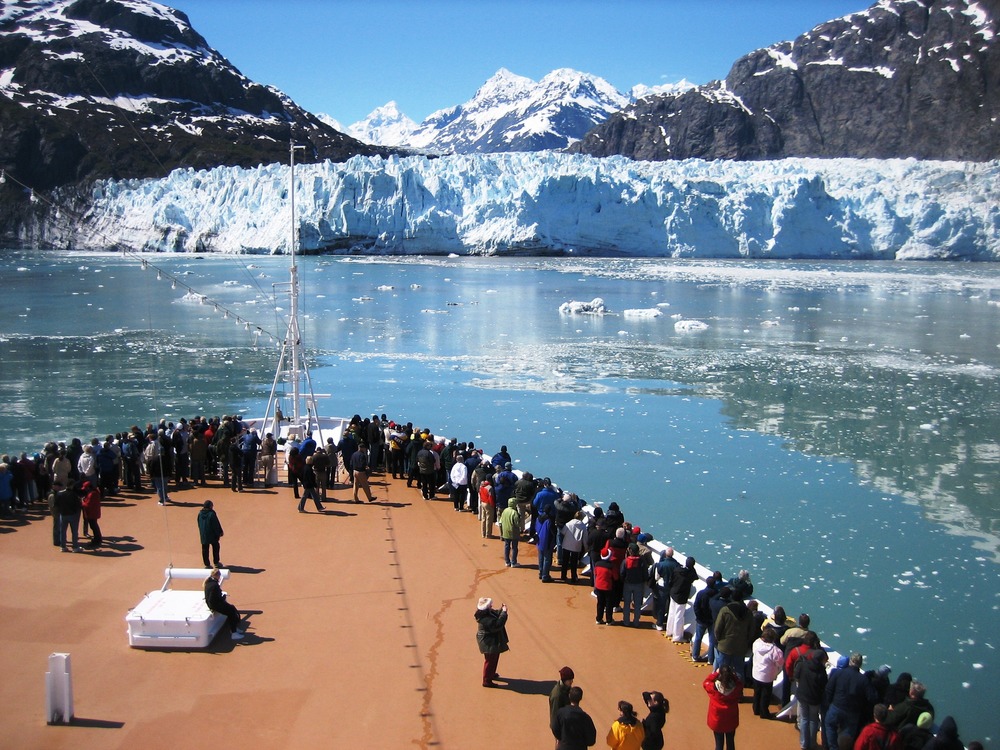
Glacier Bay National Park is only accessible by water or air, but that doesn’t mean you have to leave your RV at home. Alaska is very accommodating to RVers, event though the state is so large and remote that much of it can only be seen by plane or boat. So, drive your motorhome or travel trailer to Haines, Alaska, and take a ferry on the Alaska Maritime Highway via Juneau to enjoy this stunning park.
Alternatively, You can also book passage on a cruise ship along the Inside Passage anywhere from Bellingham, Washington to Vancouver, British Columbia for a trip to Sitka, Ketchikan, and Glacier Bay. Many smaller tour companies also offer intriguing trips to the park, with alternative itineraries that vary greatly from the standard large-ship trips.
Flightseeing will give you a unique perspective on the region, as well. You can fly over or drop into Glacier Bay Lodge and Visitors Center by aircraft to explore further. Floatplanes make frequent excursions in and out of the region, ferrying travelers with limited schedules who still want to experience as much of Glacier Bay as possible.
When to Visit Glacier Bay National Park
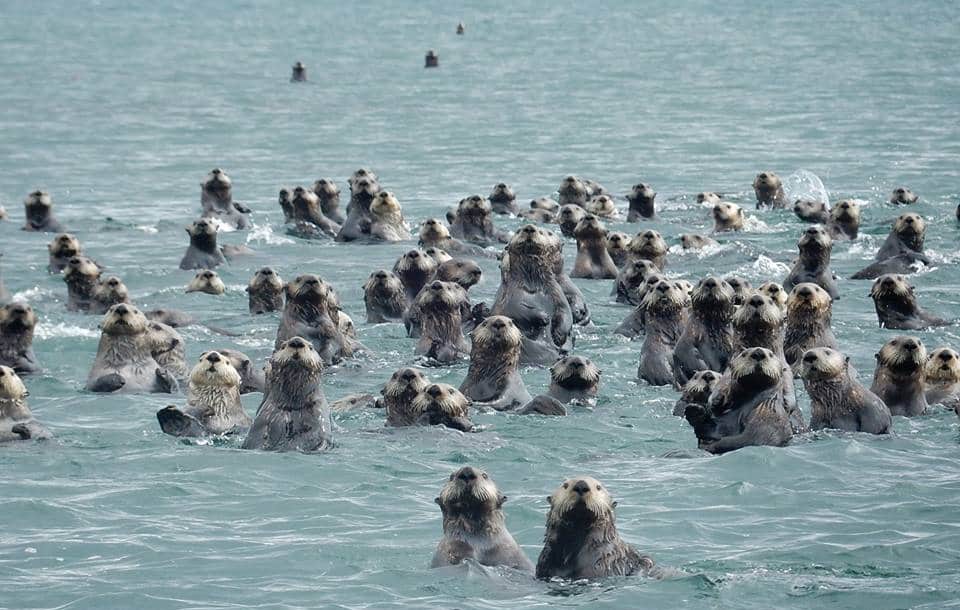
The park is open year-round. However, Glacier Bay Lodge Visitors Center only operates from Memorial Day through Labor Day each year. Visitors can fly or travel by boat into the area at any time, but winter services and information are extremely limited. Daily boat tours are only available during the summer months.
Glacier Bay National Park in the Spring
Spring brings a lot of green plants along the mountainsides and into the valleys of Glacier Bay, plus the wildlife is on the move after their winter nap. You can see bears emerging from their dens, mountain goats moving toward lower elevations to feed, and more. The park remains very snowy throughout April and May, with warmer temperatures fueling a melt-off as the season progresses. Expect daytime highs are in the 30s and 40s.
Glacier Bay National Park in the Summer
The temperature typically tops out between 50 and 60 degrees in the summer. While June is fairly dry for the most part, the rest of the season brings frequent rain showers. In early summer, many of the trails are still snowed in, but by the July and August conditions start to improve. Bring a rain jacket and an extra layer, as conditions can change rapidly.
Glacier Bay National Park in the Fall
September and October are the wettest months in Glacier Bay, contributing significantly to Bartlett Cove’s 70 inches of annual precipitation. The fall sees a lot of wildlife activity as birds migrate south, beavers construct their winter food caches and build their dams, and bears are on the move before their winter hibernation. In early autumn, the weather conditions are stable, if a bit cool and breezy. But as the season progresses, the temperature starts to drop and rain and snow fall more frequently.
Glacier Bay National Park in the Winter
Winters are surprisingly mild in Glacier Bay National Park, with temperatures rarely dropping into the single digits. Average nighttime lows generally land anywhere from 25 to 40 degrees at sea level. Naturally, the higher you venture into the mountains, the more severe and cold the weather becomes. The park can be harsh and inhospitable at this time of the year, which is why it sees few visitors. Still, there are some hardy adventurers that make the trek, witnessing the pristine landscapes in serene solitude.
Where to Stay
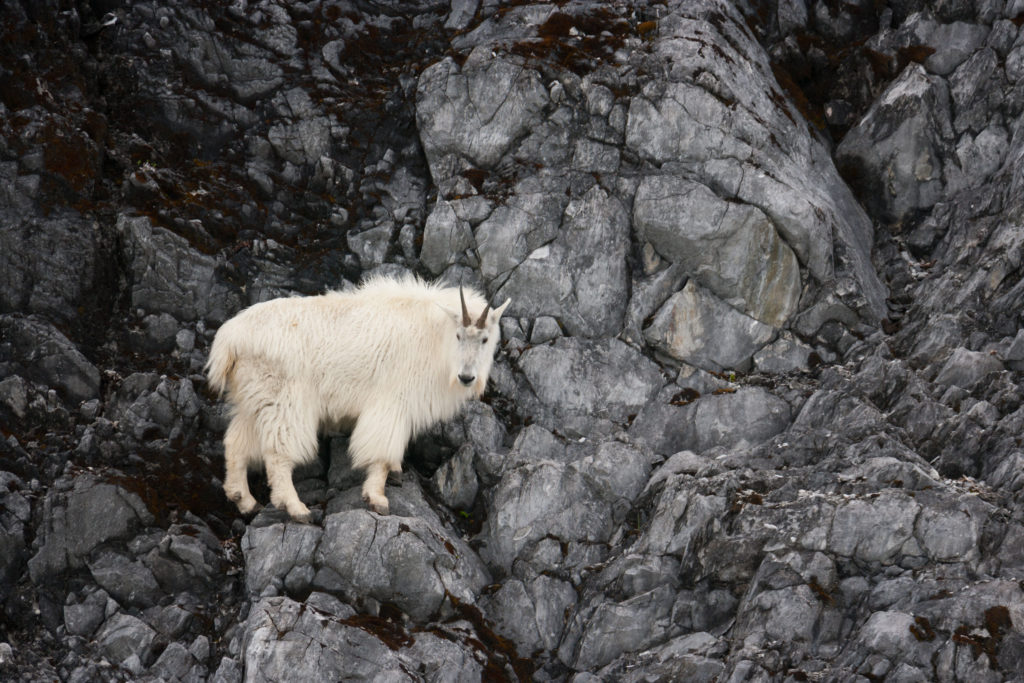
Image: Shutterstock
There are no campgrounds for RVs within the park and only one primitive campground accessible by foot. Boat service can drop backcountry campers off at a variety of places (here’s a map of their route). Lodging is also offered at Glacier Bay Lodge during the summer months.
Staying Outside the Park
- Haines Hitch-up RV Park: Located in Haines, AK, about a 1.5-hour flight from Gustavus, AK, which is a 20-minute drive from the park’s visitor center.
- Glacier Nalu Campground Resort: Located in Juneau, AK, about a 30-minute flight from Gustavus, AK.
- Garden City RV Park: Located in Skagway, AK, about a three-hour flight from Gustavus, AK.
Invest in a Good Sam Membership and save 10% on nightly stays at Good Sam Campgrounds.
Tips for Your Camping Stay
- Bartlett Cove Campground requires a permit, which can be obtained from the National Park Service website.
- Glacier Bay Lodge is typically open each summer from Memorial Day to Labor Day. The resort is accessible by plane or boat and offers cozy rooms, a restaurant, and access to one of the last great wildernesses on the planet.
How to Get Around Glacier Bay National Park
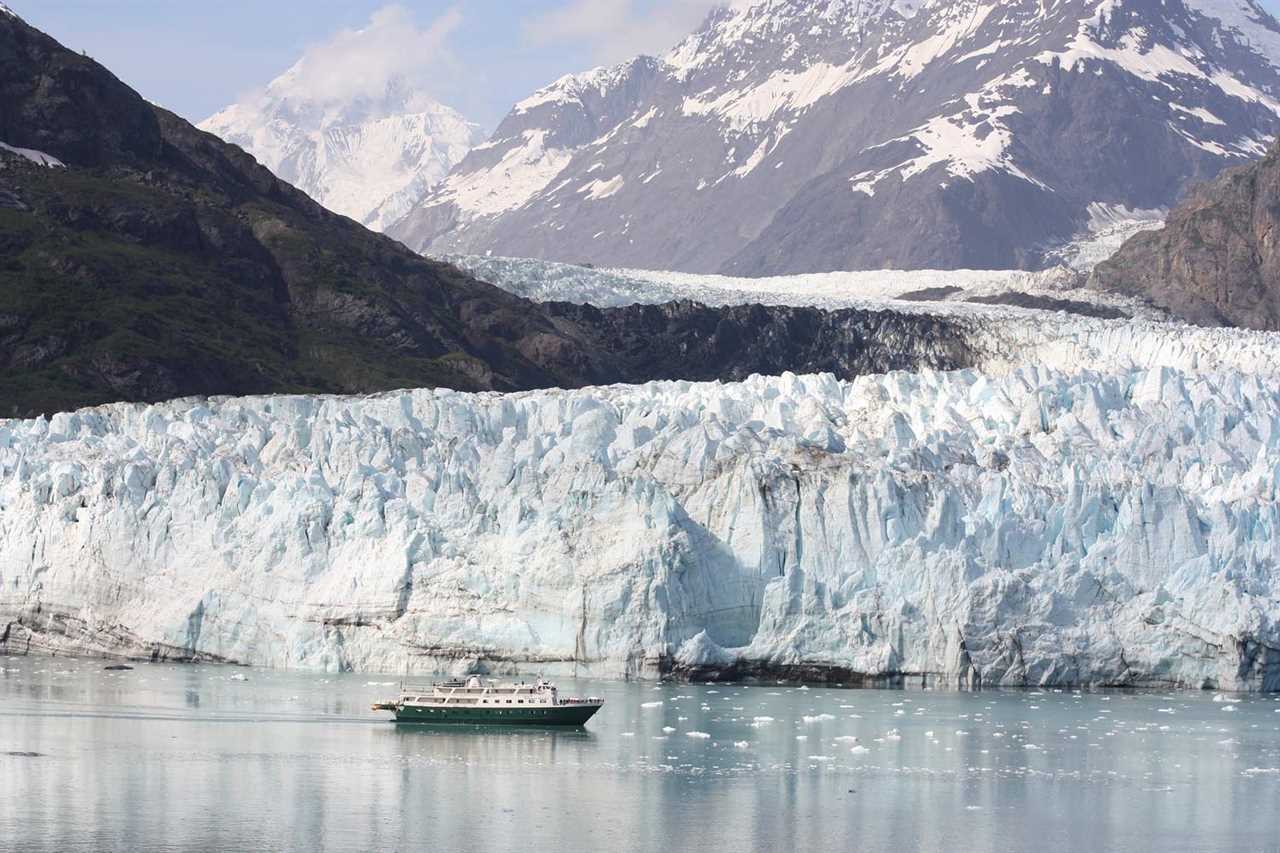
Getting to the park is a challenge, but well worth the effort.
Visitors on the Alaska Maritime Highway can catch a ferry from Juneau twice a week. Cruise ships travel through the Inside Passage, and tour companies offer boat tours within the park. Visitors can also access the region via small aircraft from a wide selection of locations, and Alaska Airlines runs daily flights during the summer season.
There is only one road within Glacier Bay National Park which runs from Gustavus (the location of the ferry boat landing and airport) to Bartlett Cove. Limited parking is available, so having your vehicle may not be convenient within the park.
Places to Go
There are plenty of wonderful places to see at Glacier Bay National Park. Here are a few spots you should not overlook.
Bartlett Cove
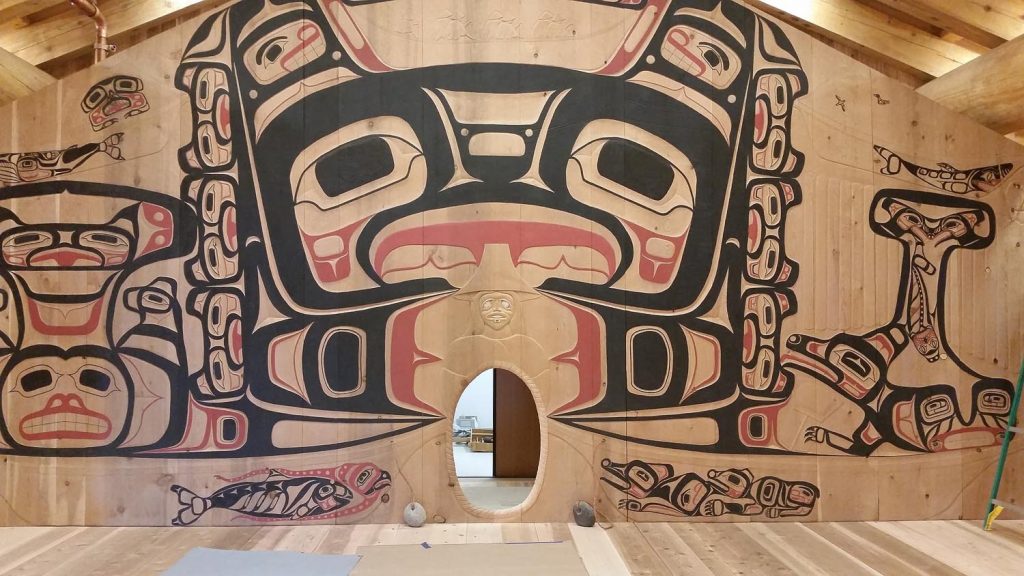
Visit the Huna Tribal House for interpretive programs about the Glacier Clans who once lived here, and take a hike through a boreal forest or along the shore at this unique location.
Glacier Bay Lodge Visitor’s Center
The Visitor’s Center is where you will find lodging, food, and fuel, along with information on the park. A bookstore and restrooms are located there as well. Visitors can also make reservations aboard one of the park’s daily boat tours.
Community of Gustavus
The only “town” within Glacier Bay National Park, Gustavus, has an airport and is where the ferry for the Alaska Maritime Highway docks.
Dry Bay

Dry Bay marks the location of Glacier Bay National Preserve, which is found in the extreme northwest corner of the park’s boundary. It is accessed by air taxi and has over 30 commercial fishing camps within its region. Camping is allowed throughout the area, and there is one public-use cabin available for rent, but no communications facilities for over 100 miles.
Outer Coast
This wild wilderness is seldom visited but offers amazing views, numerous wildlife encounters, and challenging terrain for those willing to explore it. There is only one settlement in the region, Yakutat. The community has a population of about 600 people and is famous for being one of the top surfing destinations in Alaska.
Things to Do in Glacier Bay National Park
There is plenty to do at Glacier Bay National Park. All of the fun activities will keep you busy throughout your stay. Here are a few highlights:
Boat Tours
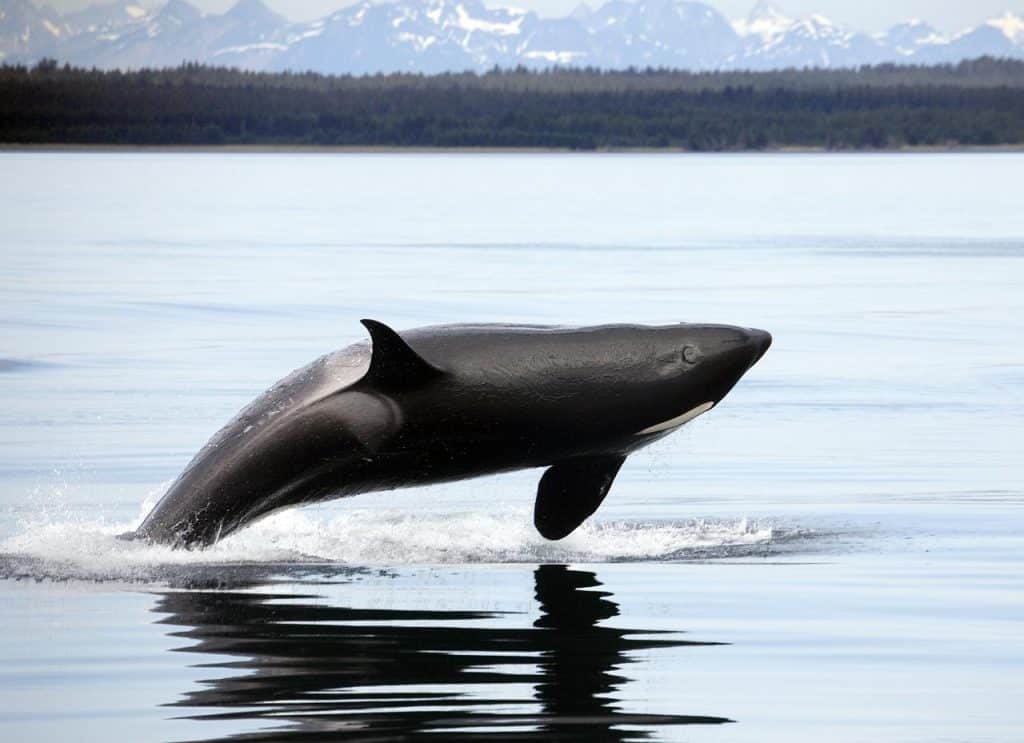
Photo Credit: Christopher Michel
A daily boat tour leaves Bartlett Cove, taking visitors on a seven-hour excursion through the waters of Glacier Bay, where whales, puffins, sea lions, and other marine life can be viewed. This boat also offers drop-off service to explorers of the backcountry (see the link for a map).
Hiking
Hike along the shore and through forests at Bartlett Cove, or if you have scheduled a camp trip with a boat drop-off service, enjoy hiking in the park’s wild backcountry. There are few trails found within the park, however, so intrepid visitors are often blazing their own route.
Kayaking

Kayaks are available for rent at the Visitors Center, or you can bring your own to enjoy some of the quiet solitude of Glacier Bay. It’s one of the best ways to see the region. Don’t be too surprised if you’re approached by curious sealions while spotting bears, moose, and other wildlife on shore.
Flightseeing
Hitch a ride on a small aircraft for a truly unique overview of this massive national park. There are various companies offering flightseeing tours, which can be booked out of Juneau, Gustavus, Haines, and Yakutat.
Camping
One primitive campground is available in Bartlett Cove, or you can catch a ride on the boat tour for drop-off service into the backcountry. A permit and orientation session is required from the information center before embarking, and only experienced backpackers should apply.
Birdwatching
There are over 280 species of birds within the park, and they can be viewed by land (Bartlett Cove, Gustavus, and the Visitors Center) or by boat on many of the islands in the bay. The ample food resources and lack of predators make Glacier Bay an exceptional birding locale.
What to Bring and How to Prepare
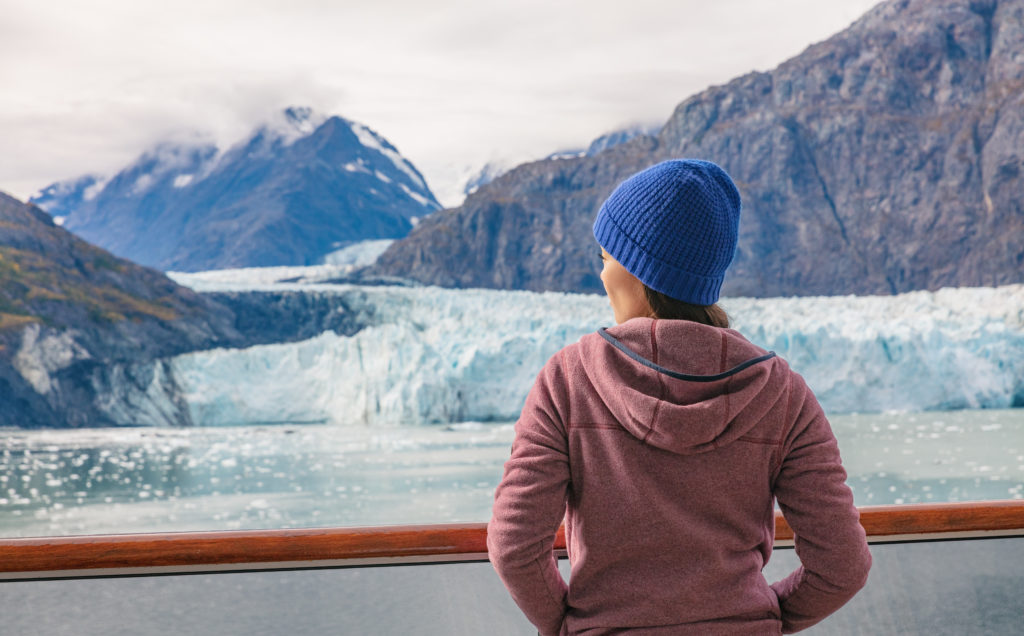
Image: Shutterstock
Glacier Bay is a remote and wild place with some of the most captivating landscapes found anywhere on the planet.That makes it a prime destination for adventurous travelers. But before you go, here are a few things to keep in mind while visiting:
has a maritime climate, meaning it is heavily influenced by ocean currents, the weather is often wet and varies temperature-wise from day to day. Here are a few things to keep in mind when visiting:
- The weather is fickle in Glacier Bay and can change dramatically from day to day. If you’re going to be spending time outside during your visit, bring a full set of rain gear—including waterproof pants—to help you stay comfortable. Even if you’re traveling by cruise ship, you’ll appreciate having a rain jacket to protect you from the elements.
- Because the weather can vary greatly inside the park, visitors are advised to dress in Layers. This allows you t add or remove a rain jacket, fleece, or other garments as needed.
- If you intended to camp inside the park, be sure to bring a bear-resistant container to store your food. Even the smaller morsel let unattended can draw in the ursine population of Glacier Bay.
- Always be aware of your surroundings. Glacier Bay is home to black bears, grizzly bears, and moose — all of which can be extremely dangerous. Never hesitate to make noise when hiking in an effort to avoid close encounters.
- Most of the visitors to Glacier Bay National Park come between the end of May and the beginning of September. But the park is equally beautiful during the shoulder seasons of late-spring and early-fall. Avoid the crowds and plan your trip for those quieter times of the year.
Brief History of Glacier Bay National Park
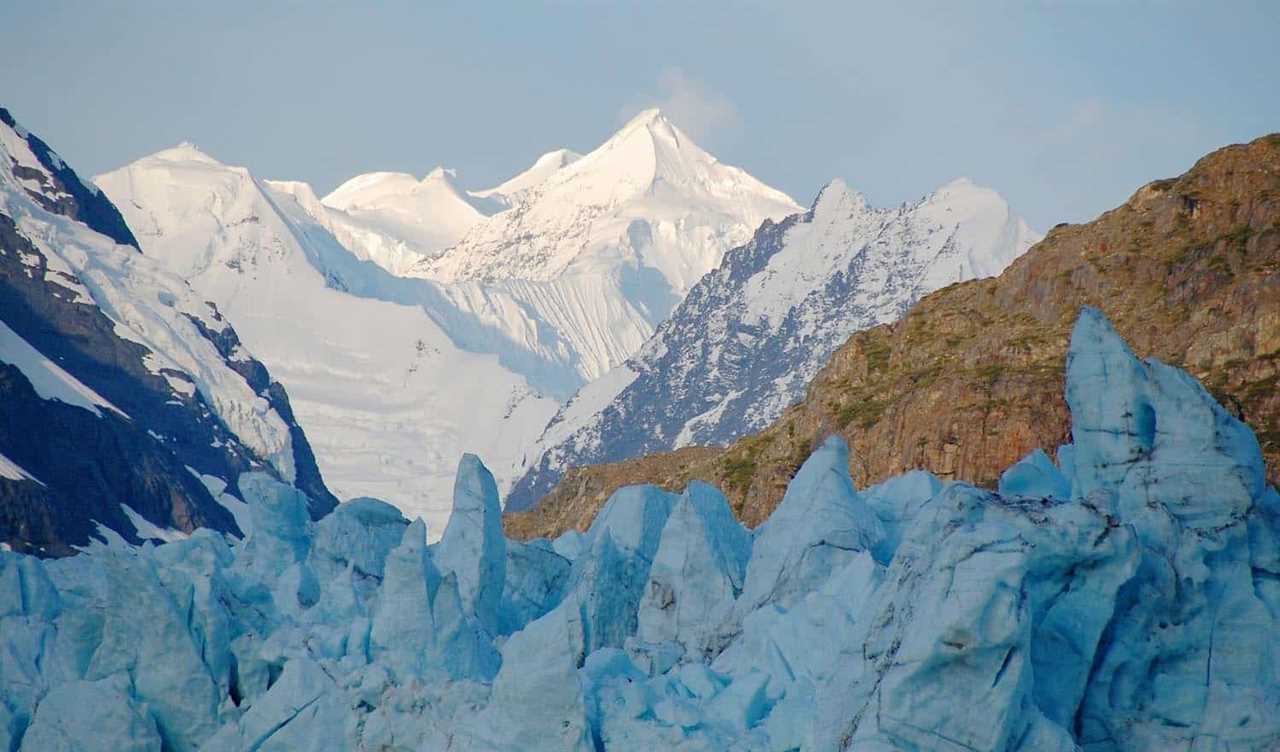
The oldest known settlement within today’s park boundaries was located at Dundas Bay 800 years ago. Tlingit history tells of inhabitants centuries before who were eventually displaced out of the region by advancing glaciers. Once the ice receded, the Tlingit returned to what they now call “the bay in place of the glacier.”
By 1879, famed naturalist John Muir visited Glacier Bay, employing Tlingit guides to assist his study of glaciology. In fact, his writings about the region helped popularize it among tourists throughout the end of the 19th century. They also played a central role in getting the area protected status and eventually being named a national park.
Soon the area attracted scientists, seal hunters, and fishermen. By 1925, a scientist named William S. Cooper became instrumental in bringing Glacier Bay to President Coolidge’s attention, noting the speed at which plant succession occurred after glaciation here. Coolidge recognzied that there was a need to protect this unique environment, and Glacier Bay National Monument was created as a living laboratory.
Within 15 years, the boundaries of the monument doubled in size in order to protect the habitats of the wildlife found there. By 1980, its status was bumped up to the level of national park, raising its profile and prestige with travelers.
The magnitude of Glacier Bay National Park stretches the imagination. The vast wilderness, massive sheets of glacial ice, and animals too numerous to count will fill your head with dreams of returning again and again.
Plan your next trip to the national parks in an RV. Rent an RV, trade-in your RV, or buy a new or used RV and start traveling for less than $5 a day.
Are you interested in checking out all that Glacier Bay National Park has to offer? Leave a comment below!
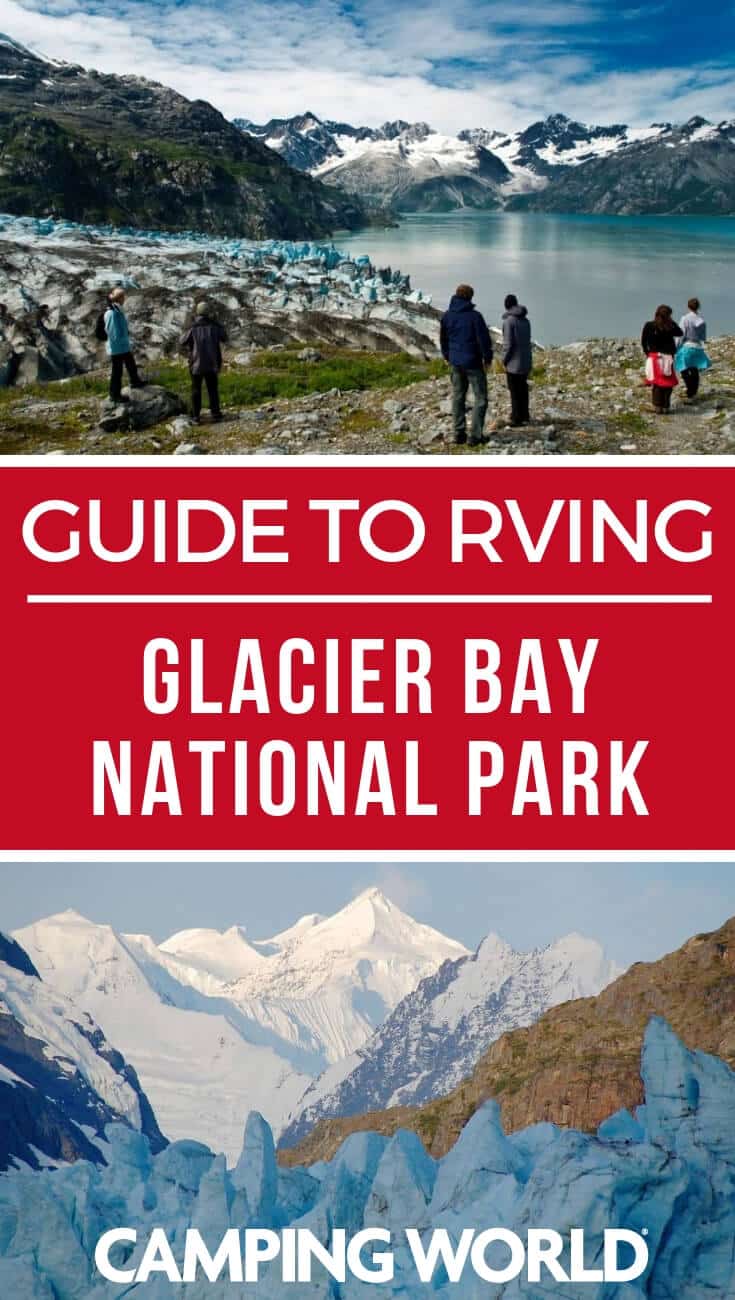
By: Shelley Dennis
Title: Camping World’s Guide to Glacier Bay National Park
Sourced From: blog.campingworld.com/the-rv-life/where-to-go/camping-worlds-guide-to-glacier-bay-national-park/
Published Date: Wed, 09 Nov 2022 20:00:34 +0000
---------------------------------------------
Did you miss our previous article...
https://outdoorsnewswire.com/camping/the-real-reason-that-you-should-clean-up-your-campsite
 CampingSurvivalistHuntingFishingExploringHikingPrivacy PolicyTerms And Conditions
CampingSurvivalistHuntingFishingExploringHikingPrivacy PolicyTerms And Conditions
